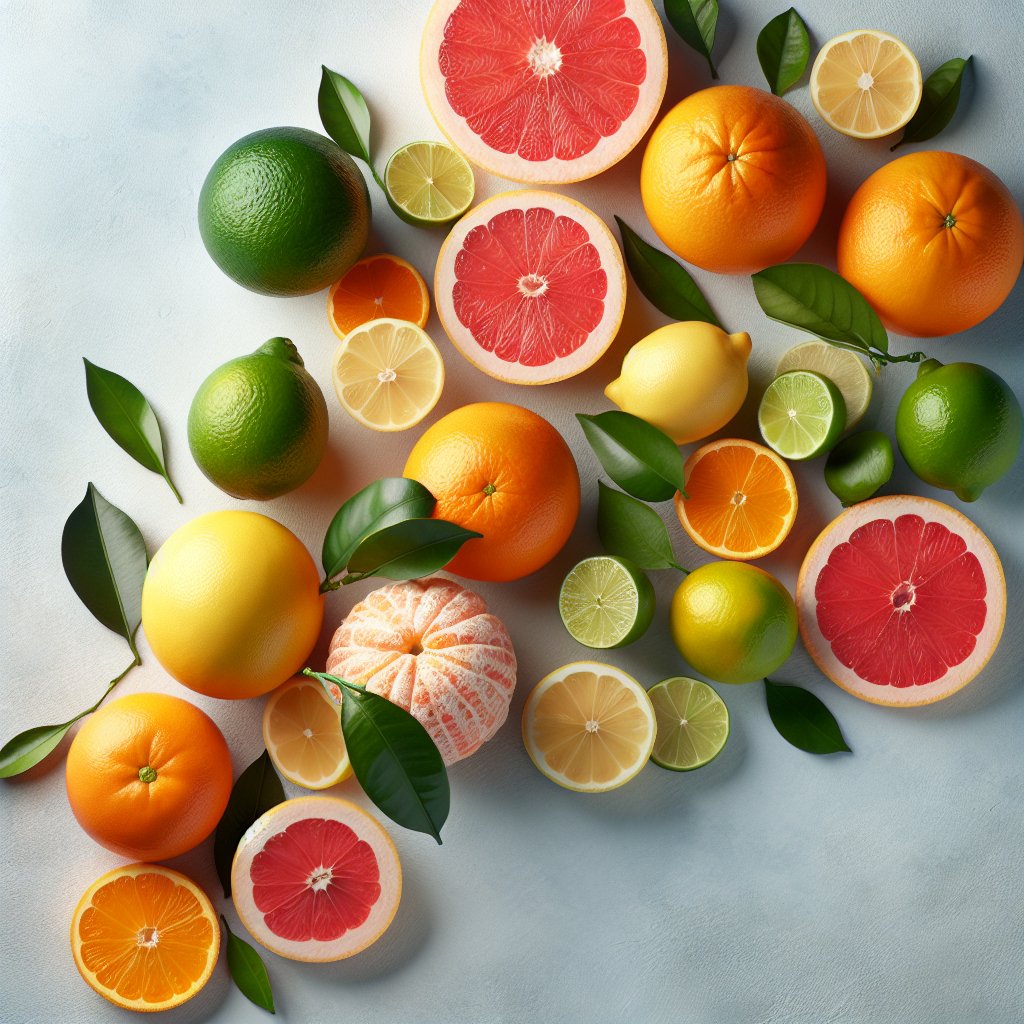The prices of citrus fruits are influenced by a myriad of factors that range from environmental conditions to market dynamics. Understanding these factors is crucial for both producers and consumers, as they navigate the complexities of the agricultural market. This article delves into the various elements that affect citrus fruit pricing, providing insights into how these factors interplay to shape the market landscape.
Environmental Factors
One of the primary influences on the prices of citrus fruits is the environment in which they are grown. Citrus trees are sensitive to climatic conditions, and any fluctuations can significantly impact yield and quality. Here are some key environmental factors:
- Climate: Citrus fruits thrive in subtropical and tropical climates. Temperature extremes, whether too hot or too cold, can damage the trees and reduce fruit production. For instance, a late frost can destroy blossoms, leading to a lower yield in the harvest season.
- Water Availability: Citrus trees require a consistent supply of water. Drought conditions can lead to reduced fruit size and quality, while excessive rainfall can cause root rot and other diseases. The balance of water availability is crucial for optimal growth.
- Pests and Diseases: Citrus crops are susceptible to various pests and diseases, such as the Asian citrus psyllid and citrus greening disease. Outbreaks can devastate entire orchards, leading to a significant decrease in supply and, consequently, an increase in prices.
- Soil Quality: The nutrient content and pH level of the soil can affect the health of citrus trees. Poor soil conditions can lead to lower yields and inferior fruit quality, impacting market prices.
Market Dynamics
In addition to environmental factors, market dynamics play a crucial role in determining the prices of citrus fruits. These dynamics are influenced by both local and global market conditions. Here are some of the key market factors:
- Supply and Demand: The basic economic principle of supply and demand is a significant determinant of citrus fruit prices. When supply exceeds demand, prices tend to fall, while limited supply with high demand can drive prices up. Seasonal variations often lead to fluctuations in supply, affecting market prices.
- Global Trade Policies: Tariffs, trade agreements, and export restrictions can impact the availability of citrus fruits in different markets. For example, if a country imposes tariffs on imported citrus, domestic prices may rise due to reduced competition.
- Consumer Preferences: Changes in consumer preferences can also influence prices. For instance, a growing trend towards organic produce can lead to higher prices for organic citrus fruits, while conventional fruits may see a decline in demand.
- Transportation and Logistics: The cost of transporting citrus fruits from farms to markets can affect pricing. Increases in fuel prices or logistical challenges can lead to higher costs, which are often passed on to consumers.
Seasonal Variations
Seasonality is another critical factor that affects citrus fruit prices. Different varieties of citrus fruits have specific harvest seasons, which can lead to price fluctuations throughout the year. Here are some aspects to consider:
- Harvest Seasons: Citrus fruits like oranges, lemons, and grapefruits have distinct harvest periods. Prices tend to be lower during peak harvest times when supply is abundant, while off-season prices can be significantly higher due to limited availability.
- Storage and Shelf Life: The ability to store citrus fruits affects their market availability. Fruits with a longer shelf life can be stored and sold later, potentially stabilizing prices. However, fruits with shorter shelf lives may see price spikes when they are in season.
- Holiday Demand: Certain holidays and events can lead to increased demand for citrus fruits, particularly in regions where they are traditionally used in festive dishes. This seasonal demand can drive prices up during specific times of the year.
Technological Advancements
Technological advancements in agriculture have also played a role in shaping the citrus market. Innovations in farming practices, pest control, and post-harvest handling can influence both the quality and quantity of citrus fruits produced. Here are some key technological factors:
- Precision Agriculture: The use of technology to monitor and manage crop health can lead to improved yields and reduced waste. Farmers who adopt precision agriculture techniques can optimize their production, potentially lowering costs and stabilizing prices.
- Genetic Engineering: Advances in genetic engineering have led to the development of disease-resistant citrus varieties. These innovations can help mitigate the impact of pests and diseases, ensuring a more stable supply and potentially lower prices.
- Post-Harvest Technologies: Improved storage and transportation technologies can extend the shelf life of citrus fruits, reducing spoilage and waste. This can help stabilize prices by ensuring a consistent supply throughout the year.
Conclusion
The prices of citrus fruits are influenced by a complex interplay of environmental factors, market dynamics, seasonal variations, and technological advancements. Understanding these factors is essential for stakeholders in the agricultural sector, from farmers to consumers. As the global market continues to evolve, staying informed about these influences will be crucial for making informed decisions regarding citrus fruit production and consumption.




